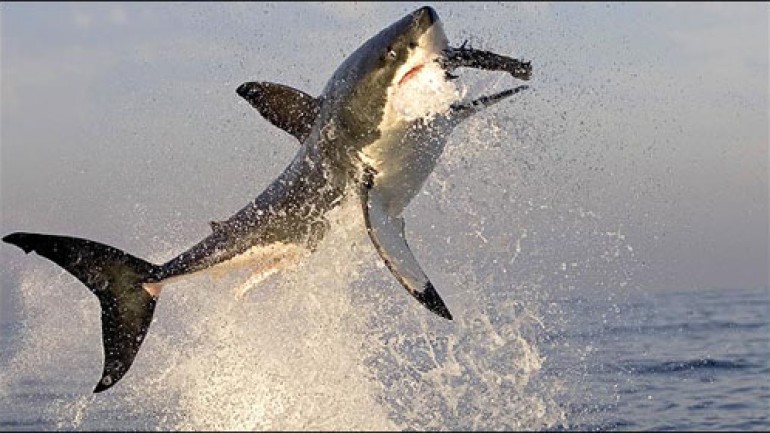Predators, a series of six half-hour films, uses miniaturized cameras mounted on the hunters themselves to show the chase from their perspective. The series also uses action replays and computer animations, allowing it to analyze the tactics of predator and prey from every angle. It shows that both are often evenly matched, with no room on either side for the slightest mistake. One of the series producers, David Wallace, explained what his team had set out to do.
Explosive moment. “In a standard natural history series, we take the life cycle of an animal or a place and beam the viewer there. We give them something like binoculars so that they can see it in a very classical, real way. “What we’re trying to do in Predators is to take a tiny moment in time, the moment when a predator detects, identifies, approaches and grabs its prey.
“We try to explode that very short moment and open it up so that the viewer can see what is going on. “These are really important moments for understanding how animals work. Their senses, their bodies, their behaviours are all designed for these moments.” Hunters featured in the first film, The Ultimate Predators, include cheetahs, crocodiles, golden eagles, great white sharks and spiders.
Fatal heart attacks. The team dropped it into water from a height of 15 metres to simulate the real acceleration and impact of a dive. The series also reports on one species of spider (Amaurobius) whose young eat their own mother. It found that polar bears have the best sense of smell in the bear family, and can detect a seal 64 km away.
It takes four days for a dog whelk to eat a mussel, which in the last ten hours undergoes a series of fatal heart attacks. And it takes killer whales more than 30 years to perfect their skill in beaching themselves to catch sea lions. But David Wallace insists that Predators is not gruesome: “There’s very little blood and gore in this. What we’re really trying to do is celebrate the magnificence of the predator – and the prey.”





this docu does not work, plse fix it
Im gonna talk like this narrator for the rest of my life.
Magnificent goods from you, man. I’ve be aware your stuff previous to and you’re just extremely excellent. I actually like what you’ve received here, certainly like what you are stating and the best way wherein you are saying it. You are making it enjoyable and you still take care of to stay it sensible. I can’t wait to learn far more from you. That is actually a tremendous website.
One of the best documentaries out there
Presented in a bit of an over-dramatic fashion, but I totally enjoyed it anyway. They got such amazing footage! And it really reminded me how crazyyy complex nature is.
Who the fuck is the teller?? And what is the language what he is speking?? It is not english.
lol only a fucking american would say such a thing, he speaks perfect english the fuck you been smoking!
Scottish, silly
Why are you here? Haven’t you got some grammatically poor cats to laugh at?
Are you crazy? Are you american?
Thanks for uploading!!! I’m just sad at Amaurobius ferox spider though.. (near the end of the video) she can feed her young with her catch.. no need to sacrifice herself. (She lets her young devour her)
Can someone please explain this behavior? she doesn’t have to do it, right?
She sacrifices herself to teach her young how to hunt their first pray is their mother
If self sacrificing spiders (on average) are more successful in propagating their genes, natural selection favored this behavior.
Don’t see it as a conscious decision but as an automated response.
AMAZING